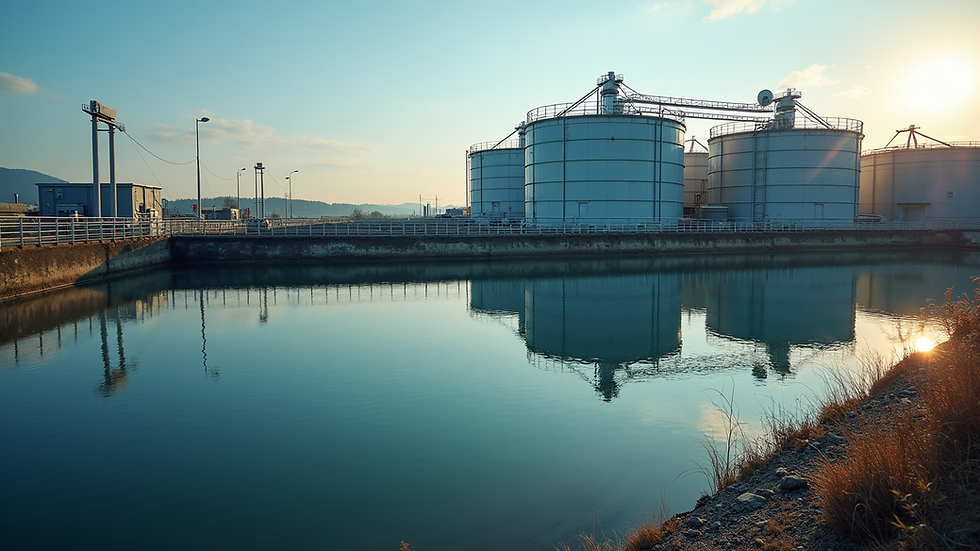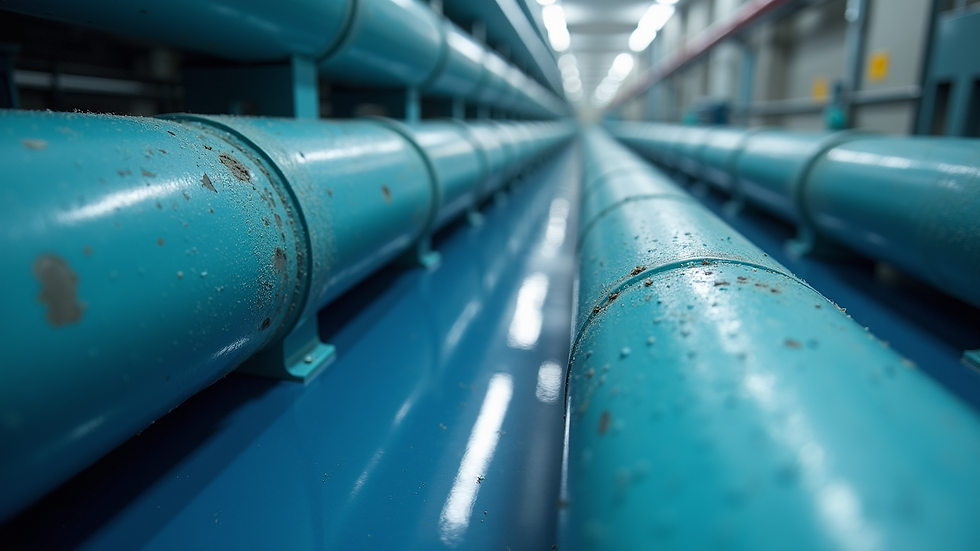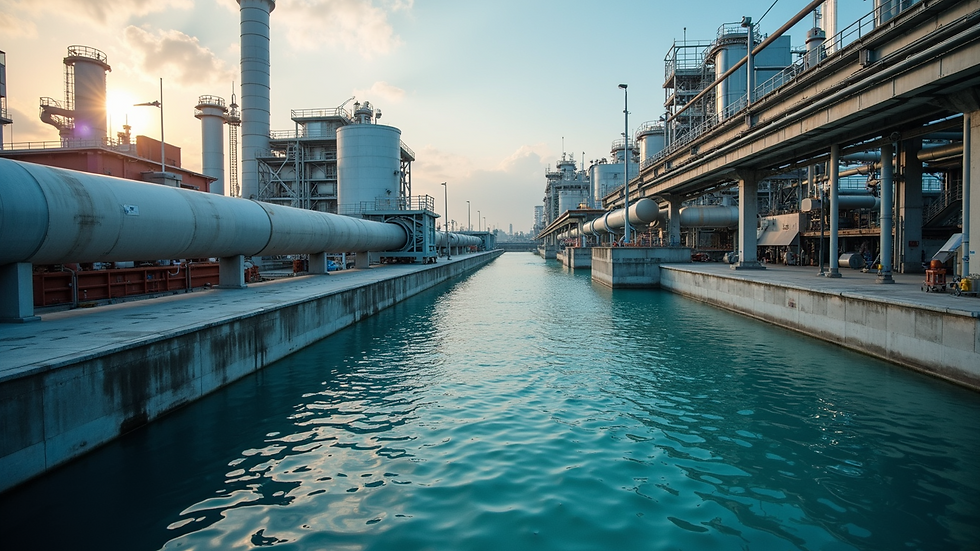Effective Solutions for Industrial Wastewater in India
- karan9377
- Sep 15
- 3 min read
Industrial growth in India has been rapid, contributing significantly to the economy. However, this growth comes with environmental challenges, especially in managing wastewater generated by industries. Addressing these challenges requires effective industrial water solutions that ensure sustainable development while protecting natural resources.
Importance of Industrial Water Solutions in India
India's industrial sector produces a large volume of wastewater containing harmful chemicals, heavy metals, and organic pollutants. Without proper treatment, this wastewater can contaminate rivers, groundwater, and soil, posing serious health risks and environmental damage.
Implementing industrial water solutions is crucial for:
Protecting public health by preventing waterborne diseases.
Preserving ecosystems by reducing pollution in water bodies.
Complying with regulations set by environmental authorities.
Promoting sustainable industrial growth by recycling and reusing water.
For example, textile and chemical industries in states like Tamil Nadu and Gujarat have adopted advanced treatment technologies to reduce their environmental footprint. These solutions not only treat wastewater but also enable water reuse, reducing freshwater consumption.

What is the meaning of industrial wastewater?
Industrial wastewater refers to the liquid waste generated from industrial processes. It includes water used in manufacturing, cooling, cleaning, and other operations that become contaminated with pollutants. This wastewater varies widely depending on the industry type and the raw materials used.
Common characteristics of industrial wastewater include:
High levels of organic matter
Toxic chemicals and heavy metals
Suspended solids and oils
Variable pH levels
Understanding the composition of industrial wastewater is essential for designing effective treatment systems. For instance, wastewater from a paper mill will differ significantly from that of a pharmaceutical plant, requiring tailored treatment approaches.
Key Technologies for Treating Industrial Wastewater
Several technologies are used to treat industrial wastewater effectively. Choosing the right technology depends on the wastewater characteristics, treatment goals, and budget.
1. Physical Treatment
Screening and sedimentation to remove large solids and suspended particles.
Filtration to separate fine particles.
Oil-water separation for industries producing oily wastewater.
2. Chemical Treatment
Coagulation and flocculation to aggregate suspended particles.
Neutralization to adjust pH levels.
Oxidation to break down organic pollutants.
3. Biological Treatment
Aerobic treatment using bacteria to degrade organic matter in the presence of oxygen.
Anaerobic treatment for high-strength wastewater without oxygen.
Activated sludge process and biofilm reactors are common methods.
4. Advanced Treatment
Membrane filtration such as reverse osmosis and ultrafiltration.
Advanced oxidation processes for removing persistent pollutants.
Electrochemical treatment for heavy metal removal.
Industries in India are increasingly adopting integrated treatment systems combining these technologies to meet stringent discharge standards.

Practical Steps for Implementing Industrial Water Solutions
To effectively manage industrial wastewater, industries should follow these actionable steps:
Conduct a detailed wastewater audit to understand the volume and composition.
Select appropriate treatment technologies based on audit results.
Design and install treatment plants with scalability for future needs.
Train staff on operation and maintenance of treatment systems.
Monitor effluent quality regularly to ensure compliance.
Explore water reuse opportunities to reduce freshwater demand.
Engage with environmental consultants for continuous improvement.
For example, a chemical manufacturing unit in Maharashtra implemented a zero liquid discharge system, combining biological treatment and membrane filtration. This approach allowed them to recycle 90% of their wastewater, significantly reducing environmental impact and operational costs.
Benefits of Adopting Industrial Water Solutions
Adopting effective industrial water solutions offers multiple benefits:
Environmental protection by reducing pollution load.
Cost savings through water reuse and reduced wastewater discharge fees.
Regulatory compliance avoiding penalties and shutdowns.
Enhanced corporate image demonstrating commitment to sustainability.
Resource conservation by minimizing freshwater consumption.
Industries that invest in modern wastewater treatment technologies contribute to India's sustainable development goals and help preserve water resources for future generations.

Moving Forward with Sustainable Industrial Practices
India's industrial sector faces the challenge of balancing growth with environmental responsibility. Effective industrial water solutions are key to achieving this balance. By investing in advanced treatment technologies, adopting best practices, and fostering innovation, industries can minimize their environmental footprint.
For more information on cutting-edge solutions for managing industrial wastewater, industries can explore specialized service providers who offer customized treatment systems tailored to specific needs.
Sustainable industrial water management is not just an environmental necessity but a strategic business advantage that ensures long-term viability and community well-being.



Comments